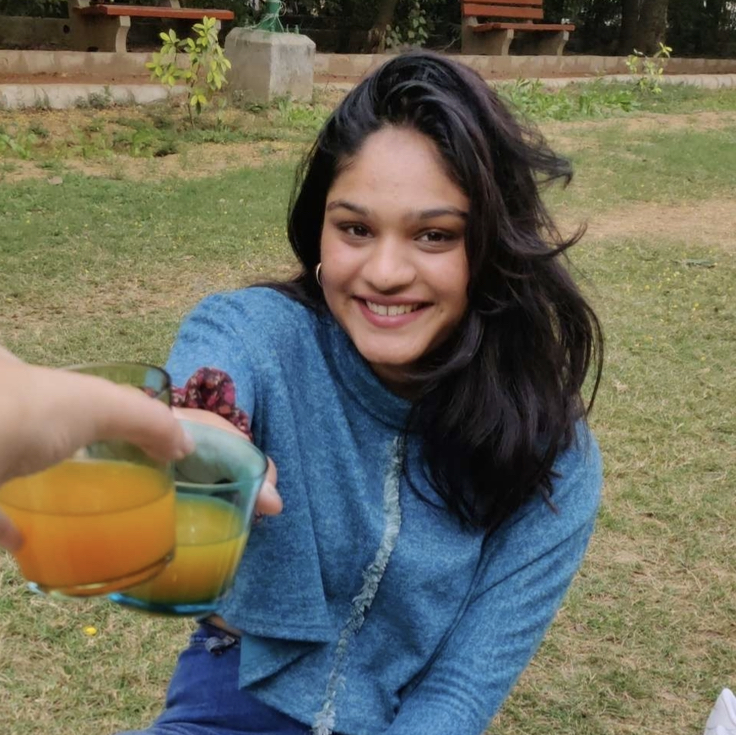Creating art from a needle and thread started way back in 30,000 BC and was called embroidery. You can trace this simple action of threading a yarn to create masterpieces spread across cultures all around the world. Embroidery can be as complex and as simple as you wan it to be, and here are the best types of embroidery and types of embroidery stitches for you to begin this journey, or simply just learn a little more.
A Comprehensive Guide On Types Of Embroidery
Types Of Embroidery Stitches
Before we get to embroidery, we need to understand the heart and soul of those masterpieces, every exquisite needlework masterpiece is incomplete without its stitches. The stitches can be simple and basic, like the running stitch, or more complex and decorative, like the satin stitch or French knot. Here are some of different types of embroidery stitches:
Running Stitch: The fundamental running stitch sets the groundwork for many embroidery projects. Simply pass the needle in and out of the fabric, creating a continuous line.
Backstitch: The backstitch offers a solid and secure stitch with a crisp outline. Popular for creating intricate details, fine lettering, and outlining complex patterns. It's called the backstitch and involves stitching backwards.
Cross Stitch: Cross stitch is a classic embroidery technique that is loved by many for its ability to create stunning patterns. As the name suggests, it involves creating X-shaped stitches on fabric.
Fly Stitch: The fly stitch is a "V" shape stitch that mimics the appearance of a flying bird. It's ideal for grass, leaves, and other natural elements.
Feather Stitch: The feather stitch resembles a row of open feathers. It's perfect for decorative borders, adding a sense of movement, and creating nature-inspired elements.
Satin Stitch: Crafted for a smooth and lustrous surface, the satin stitch involves neat and tight straight stitches side-by-side. Perfect for filling shapes and creating colour blocks.
Bullion Knot: This one needs a little bit of practice. A bullion knot can is a coiled, three-dimensional knot ideal for textured flowers, small insects, and intricate raised details.
Chain Stitch: A chain stitch is done by stitching a series of linked loops creating a continuous chain-like effect on the fabric. It's a popular stitch for outlining shapes, creating decorative borders, and adding texture to designs.
Types Of Embroidery
Chikankari
Originating from Lucknow, Chikankari is an exquisite and delicate embroidery style done on fine muslin or cotton fabric. It features intricate white threadwork, often with floral motifs, and is known for its elegant and ethereal appearance.
Phulkari
A traditional embroidery from Punjab, Phulkari showcases vibrant threadwork in bright colours on a plain background. The word "Phulkari" translates to "flower work," and the technique involves creating dense and bold floral patterns.
Sashiko
A traditional Japanese technique, Sashiko involves stitching simple yet beautiful patterns on indigo fabric. Originally used for mending and strengthening, it now adds a touch of cultural elegance to modern designs.
Blackwork Embroidery
Originating sometime in the fifteenth century, blackwork embroidery utilizes intricate repeating patterns, typically in black thread on a white background. This style is excellent for creating a bold and sophisticated look.
Gotta Patti
Hailing from Rajasthan, Gota Patti embroidery uses gold or silver ribbons, called 'gota' to create ornate designs on fabric. This style is prominent in traditional Rajasthani attire and adds a touch of glamour to the garments.
Zardozi
A regal and opulent style, Zardozi originated in the Mughal era and features rich metallic threads, sequins, and beads. This luxurious embroidery is often used on bridal wear, traditional clothing, and home decor.
Kantha
Kantha embroidery from West Bengal involves stitching together layers of old sarees or fabric with running stitches to create beautiful quilts, bedspreads, and clothing. The stitches form geometric patterns, animal motifs, and scenes from daily life.
Kutch
Kutch embroidery, a traditional handicraft of Gujarat, and beautifully blends threadwork with mirrors. Typically done on cotton fabric using cotton or silk threads, this craft stands out for its captivating mirror work. The stitches involved in this exquisite embroidery technique include running stitch, double buttonhole, satin stitch, and straight stitch.
Hardanger Embroidery
From Norwegian origin the Hardanger embroidery features geometric patterns and cutwork, giving it a delicate and lacy appearance. This technique is perfect for creating decorative tablecloths and doilies.


